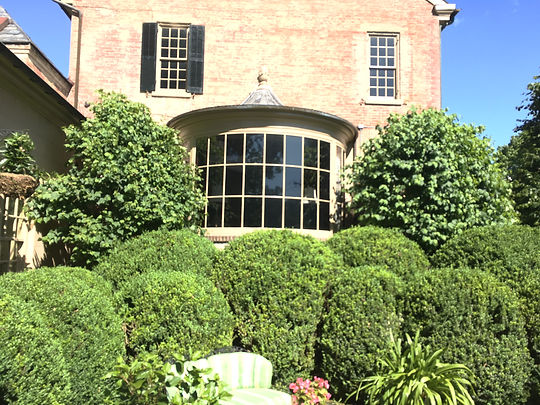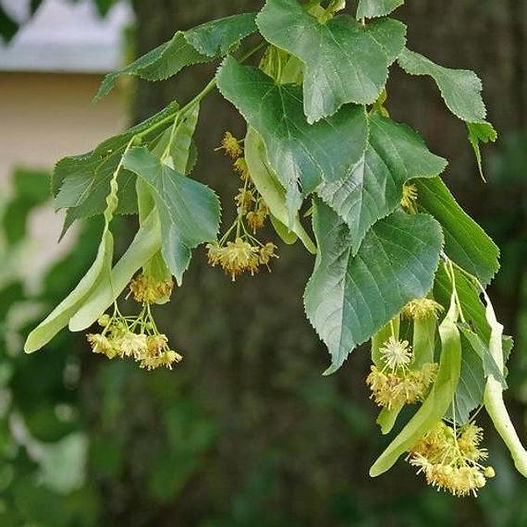
These two linden trees are good examples of pollarding, the pruning technique in which a tree’s upper branches are removed and a dense head of foliage and branches is thus promoted. This is not the same as the damaging procedure of topping trees that utilities used to practice (directional pruning is now used as a healthier alternative) to resolve tree-power line conflicts.
Indeed, these lindens might actually live longer than normal because they are maintained in a partially juvenile state and because they don’t have the same weight and windage in the upper parts. Not all trees can be pollarded — some die from the procedure — but lindens typically do very well.
This amazing species, whose young leaves can be eaten as a salad vege- table, is unusually adaptable to many of the tree arts, including pollarding, bonsai and espaliering.
